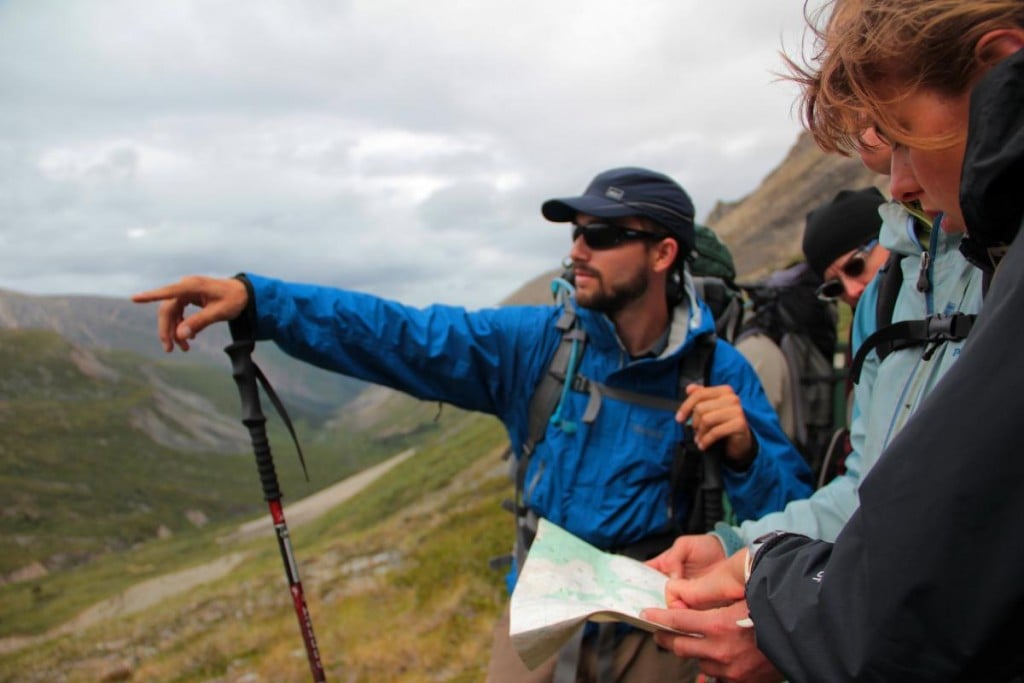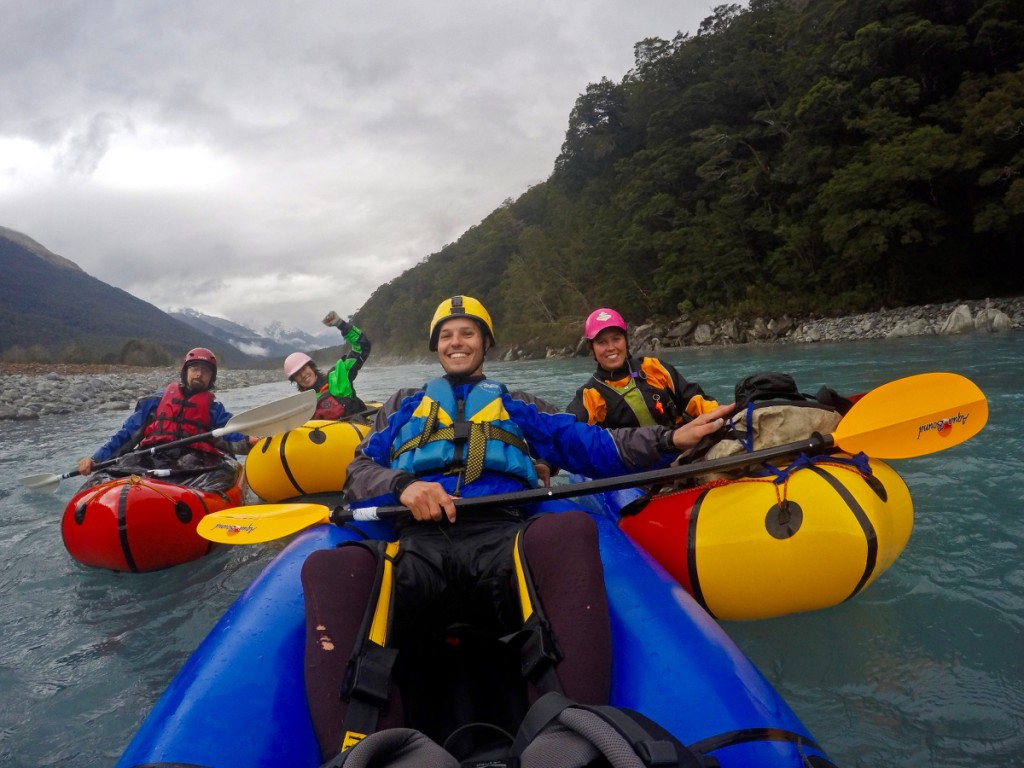
Effective leaders need a variety of skills in order to confront the challenges that come up in day-to-day life, whether that's in the office, at school, or in the wilderness.
At NOLS, we focus on developing each individual's leadership skills with four Key leadership roles. Which leadership style is most comfortable for you? Which could you practice more?
1. Designated Leader
The designated leader takes responsibility for the group and guides the team in setting and achieving goals. But this person doesn’t have to be the most experienced or the one who boasts the biggest title.
In a 2011 article in the Harvard Business Review, Zipcar Vice President Lesley Mottla noted that often the best leader to designate for a project is not a senior staffer. Her team leaves initiatives in the hands of young or new employees who take the lead if they continue to demonstrate competence and leadership.
2. Active Follower
Active followership means supporting and following the designated leader and actively participating in decision making.
Tori Murden McClure, the first woman and American to ski to the South Pole and the first woman to row solo across the Atlantic, acknowledges she had to learn how to follow to achieve what she has. She had to be willing to turn to others in pursuit of her goals. Since becoming comfortable as a follower, she has inspired and educated many, taking on leadership roles of great variety and magnitude (including serving as the NOLS Board of Trustees Chair).
3. Peer Leader
Being part of a team means both supporting the leader and working with other team members. NASA astronaut and NOLS graduate Jeff Ashby told the tale of teamwork at the 2011 Wharton Leadership Conference. One tough day in the Utah canyonlands, a mission member suggested changing course. Then, when he was overruled, he volunteered to lift and guide the rest of the course through the most dangerous part of a wet rock wall.
“He disagreed, yet he gave his full commitment,” Ashby said. The respect and cooperation he demonstrated in Utah were put to use on the NASA mission, which proved successful despite sizable challenges. Excellent peer leaders help their team achieve their goals, even when they disagree with how to achieve them.
4. Self Leader
Leadership is as much a personal role as it is a team role. Each team member is responsible for demonstrating self leadership: personal initiative and character and attention to one's well-being in order to be a productive member of the group and of the larger society.
When you decide to stop and take care of your hot spots before they become blisters, or when you make a decision to take a mental health day from work to relax and rest, you exercise responsible self leadership.
Some leaders are more comfortable in one role than others. Experienced leaders learn how to use the leadership role that's most appropriate for the situation, creating dynamic team environments that allowing the team to rise to its full potential.
Learn more about leadership training and development for yourself or your team with NOLS.
Editor's note: Article adapted from the 2013 NOLS Catalog. Post updated 8/29/2018




 A short paddle on the Landsborough River before the rains came: Aaron Reimer, Amy Christeson, Ben Weigl, Dulkara Martig (pictured left to right). Photo courtesy of Amy Christeson.
A short paddle on the Landsborough River before the rains came: Aaron Reimer, Amy Christeson, Ben Weigl, Dulkara Martig (pictured left to right). Photo courtesy of Amy Christeson.